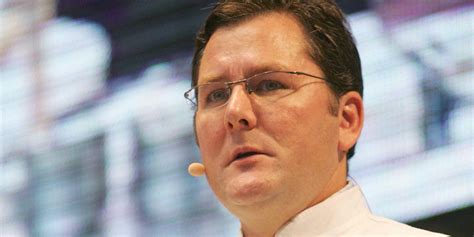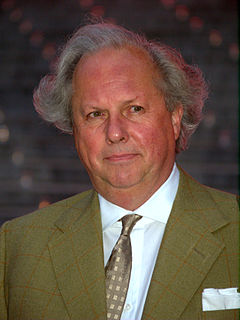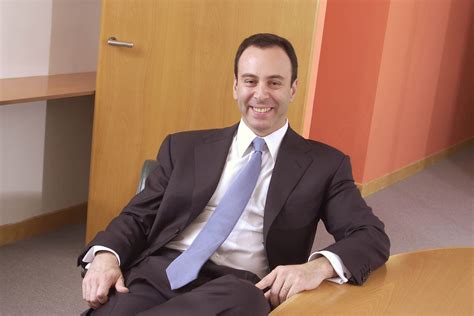A Quote by Peter Drucker
What people in business think they know about the customer and market is likely to be more wrong than right...the customer rarely buys what the business thinks it sells him.
Related Quotes
The successful producer of an article sells it for more than it cost him to make, and that's his profit. But the customer buys it only because it is worth more to him than he pays for it, and that's his profit. No one can long make a profit producing anything unless the customer makes a profit using it.
Traditional sales and marketing involves increasing market shares, which means selling as much of your product as you can to as many customers as possible. One-to-one marketing involves driving for a share of customer, which means ensuring that each individual customer who buys your product buys more product, buys only your brand, and is happy using your product instead of another to solve his problem. The true, current value of any one customer is a function of the customer's future purchases, across all the product lines, brands, and services offered by you.
The best way to do business with a liar is confront them with the truth. Tell them that you do business as a partner. If your lying customer still can't see the light, tell him that you may not be the best choice for business, and that you think you have someone that can serve him better. Then, refer him to the competitor that you hate the most.
The most common way customer financing is done is you sell the customer on the product before you've built it or before you've finished it. The customer puts up the money to build the product or finish the product and becomes your first customer. Usually the customer simply wants the product and nothing more.
Foremost is the principle that the purpose of consumer research is to understand the customer's needs and wishes, and thus design product and service that will provide better living for him in the future. A second principle is that no one can guess the future loss of business from a dissatisfied customer.
The customer is always right' may have become a standard motto in the world of business, but the idea that 'the audience is always right,' has yet to make much of an impression on the world of presentation, even though for the duration of the presentation at least, the audience is the speaker's only customer.



































